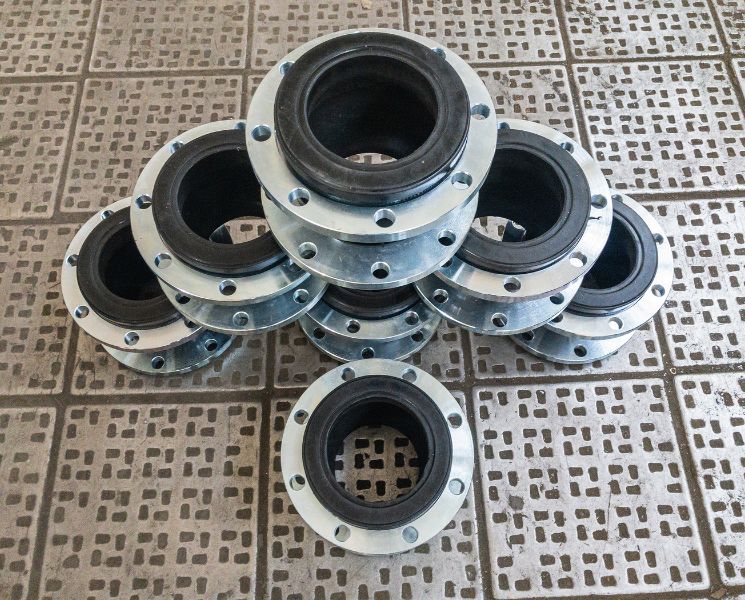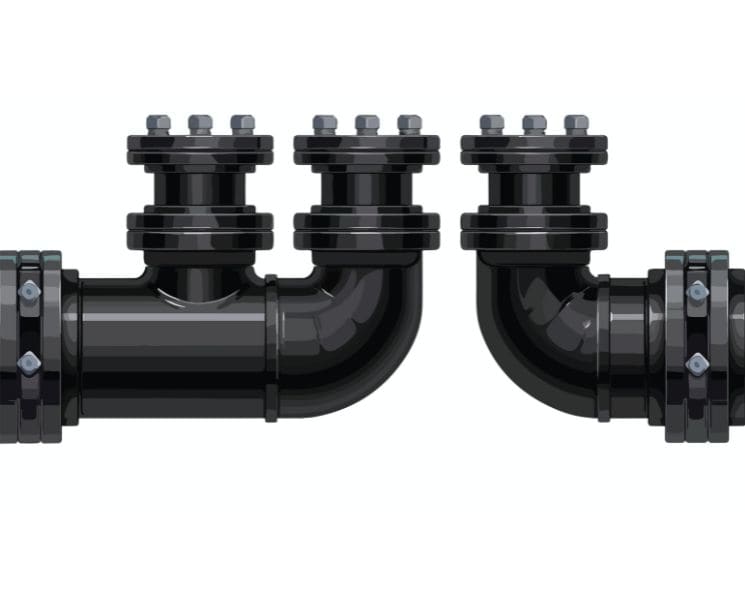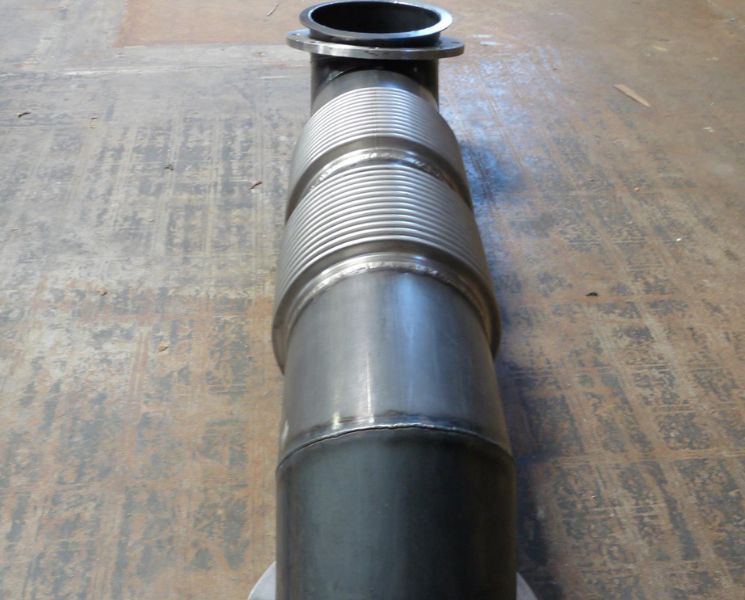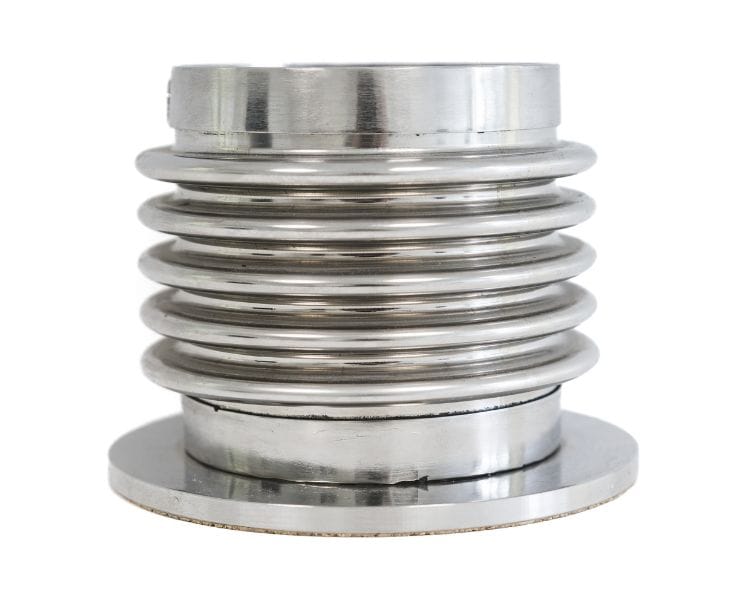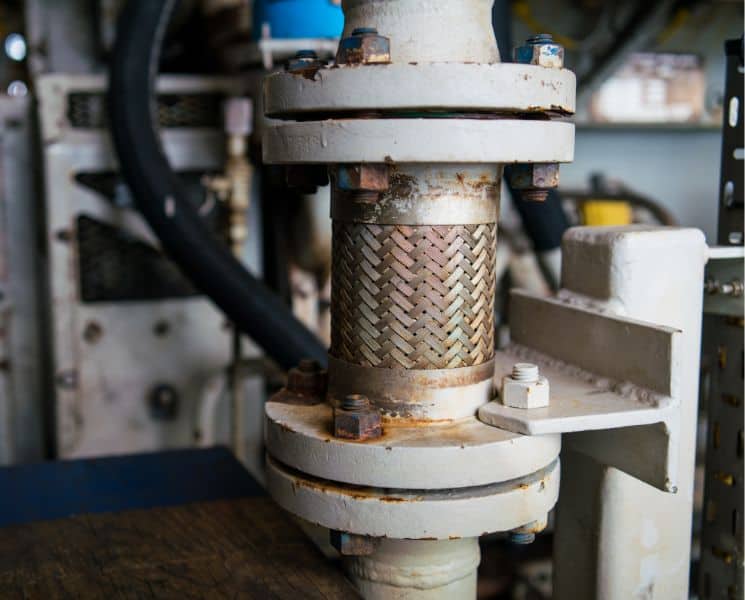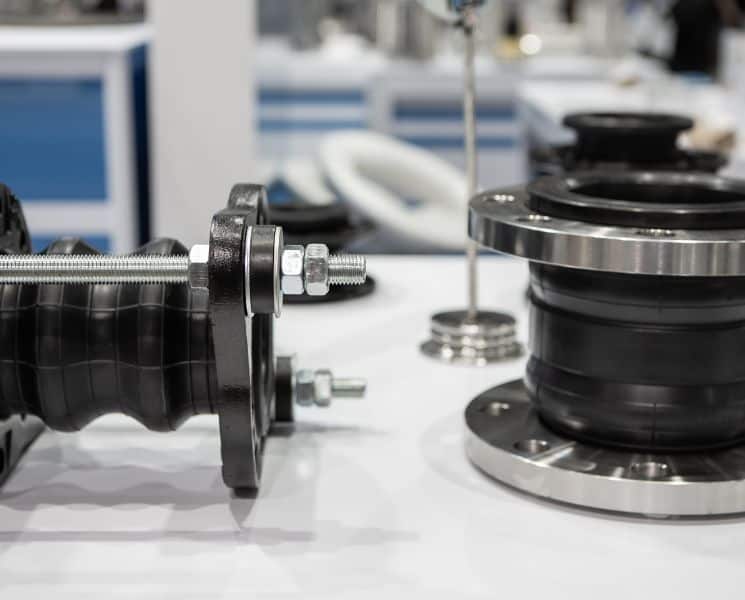Expansion joints in a piping system have multiple functions, making them valuable components. As they say, great power comes with great responsibility. However, with that responsibility comes a large margin for error or failure.
While an expansion joint with a long service life is ideal for most projects, these parts are susceptible to damage and failure. Furthermore, it helps to be aware of these three signs it’s time to replace expansion joints.
Here’s what to look for so that you can take appropriate preventative measures.
Joints Are Leaking
The design of an expansion joint helps it withstand thermal expansion and contraction while absorbing vibrational movement. It helps if joints are in working order so that they can successfully fulfill their role. Unfortunately, incidents happen, and malfunctions can prevent smooth operation.
For instance, many expansion joints have an orange top that prevents leakage while in place. If this piece were to come off, it would lead to a leak that could damage the system’s integrity.
There’s Corrosion or Damage
While incredibly sturdy, expansion joints can experience damage and corrosion, affecting their ability to support piping and other infrastructure components. Many expansion joints are typically in hard-to-see locations, so you may not notice weak spots, cracks, holes, or corrosion at first glance.
If piping systems undergo constant exposure to moisture, there’s a good chance expansion joint surfaces will start to erode. Common signs of corrosion include rusting and brittle material that crumbles when touched.
It’s the End of the Service Life
While design and application are just as crucial, proper expansion joint installation is vital to their service life. A properly designed and installed part typically lasts 15 to 20 years in most industrial applications.
Over so many years, you can expect to perform maintenance and care to preserve their integrity. However, given the significant loads that they may need to withstand, their strength may continue to deteriorate, prompting the end of their service life.
There are essential elements that dictate equipment service life. However, components don’t typically last forever, so it’s crucial to know when it’s time to replace your expansion joints.
By looking out for the signs, you can take proper steps to care for and replace parts and ensure systems operate smoothly. Feel free to contact us at Triad Bellows for more information on expansion joint care. We’re glad to assist you.

